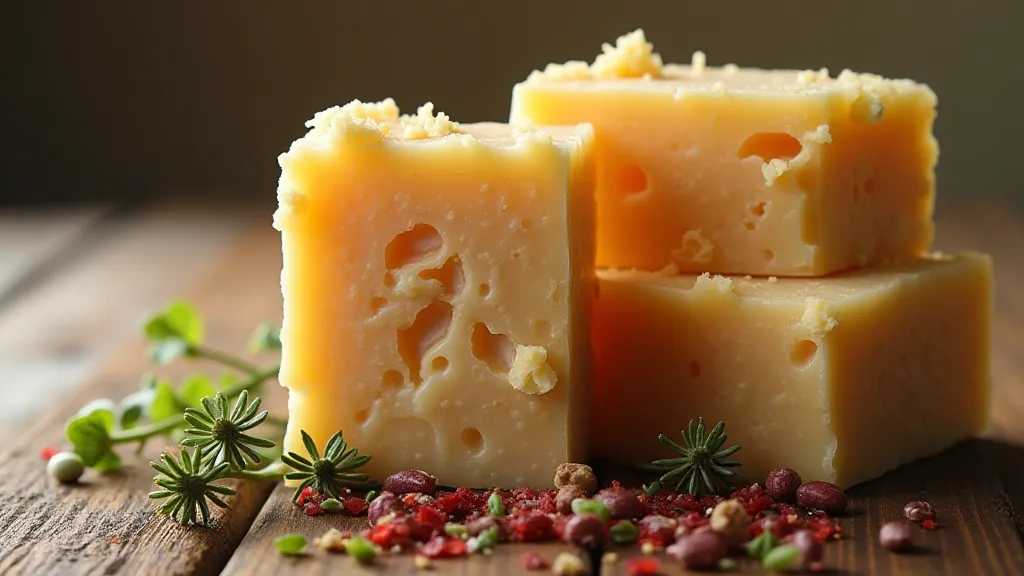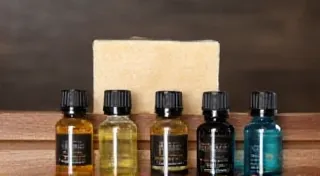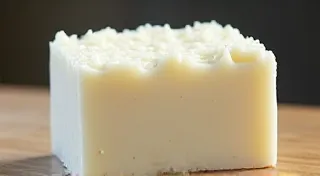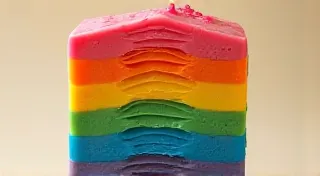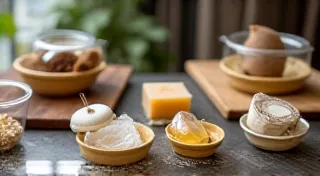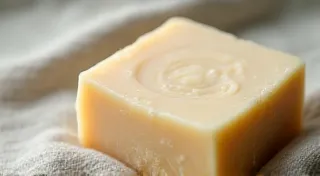The Science of Saponification: A Deeper Dive
Understanding the process of soapmaking goes beyond simply combining oils and lye. At its heart lies saponification, a fascinating chemical reaction. This article delves into the science behind it, providing a deeper understanding for those who want to know how soap is made, not just what ingredients to use.
What is Saponification?
Saponification is the chemical reaction that occurs when a fat or oil (triglyceride) reacts with a strong alkali, typically sodium hydroxide (NaOH) for bar soap or potassium hydroxide (KOH) for liquid soap. The term itself comes from the Latin words “sapo” (soap) and “facere” (to make). It's essentially the transformation of fats and oils into soap and glycerin.
The Chemistry Explained: Fats, Oils, and Triglycerides
Fats and oils, in the context of soapmaking, are primarily triglycerides. A triglyceride is a molecule composed of one glycerol molecule and three fatty acid molecules. Think of the glycerol as the backbone and the fatty acids as branches sticking out. The type of fatty acids present determines the properties of the resulting soap. For example, stearic acid contributes to hardness, while oleic acid contributes to lathering ability. The subtle interplay of these fatty acids is what allows soapmakers to craft so many unique and beautiful bars – some offering a luxurious, creamy feel, while others boast a rich, abundant lather. If you're looking to create visually stunning soaps with layers and designs, you might find inspiration in articles detailing techniques like layered soapmaking.
The Role of Lye (Sodium Hydroxide or Potassium Hydroxide)
Lye acts as the catalyst for the saponification process. The alkali breaks the triglyceride molecules apart. The fatty acids then combine with the sodium or potassium from the lye to form soap molecules. Glycerin, a valuable humectant (meaning it attracts moisture), is also produced as a byproduct of this reaction. Traditional soapmakers often leave the glycerin in, contributing to the soap's moisturizing properties. Modern commercial soap manufacturers often remove the glycerin to sell it separately, leading to soaps that can be more drying.
The Chemical Equation (Simplified)
While complex, the basic equation can be represented as:
Triglyceride (Fat/Oil) + Sodium Hydroxide (NaOH) → Soap + Glycerin
Factors Affecting Saponification
Several factors can influence the saponification process:
- Temperature: Higher temperatures generally speed up the reaction.
- Type of Fat/Oil: Different fats and oils saponify at different rates and produce different soap characteristics. The interaction of various fatty acids and their impact on soap’s final characteristics is an intricate and fascinating topic. Understanding how various ingredients impact the final product can be crucial - particularly when experimenting with soapmaking with honey for added moisture and lather.
- Concentration of Lye: Too much or too little lye will result in incomplete saponification or a harsh, lye-heavy soap. This is why accurate measurements are crucial. Understanding the subtleties of lye usage can transform your creations.
- Mixing: Thorough mixing ensures even reaction throughout the batch.
Complete vs. Incomplete Saponification
Complete Saponification: This means all of the fat/oil has reacted with the lye. The soap will be mild and gentle on the skin. A lye test (though often unnecessary with accurate recipes) can confirm this.
Incomplete Saponification: This occurs when not all of the fat/oil reacts with the lye. The resulting soap will be lye-heavy and potentially caustic. This is why it’s critical to follow recipes precisely and understand the properties of the oils you’re using.
Beyond the Basics: Advanced Considerations
Understanding saponification goes beyond the simple equation. Factors like superfatting (adding extra oil beyond what's needed for complete saponification) can be used to create milder soaps. The complexity of different fatty acid profiles in oils and how they interact during saponification is a rich area of study for experienced soapmakers. The final appearance and texture of a soap bar is deeply affected by the choices made in oil selection and processing – sometimes mimicking the beautiful patterns seen in geological formations. Superfatting isn’t just about adding extra oil, it's about understanding how those oils interact and enhance the properties of the finished soap. Careful consideration of each component leads to a refined, high-quality product.
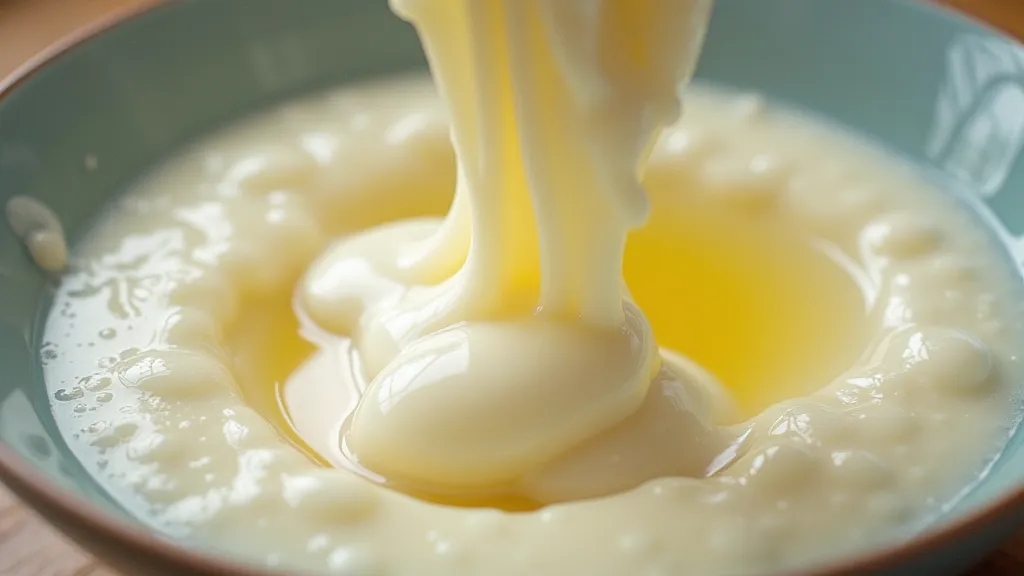
The Impact of Natural Ingredients
Many soapmakers choose to incorporate natural ingredients like honey, oats, and botanical extracts. Each ingredient brings its own unique properties that influence the soap's overall characteristics. Honey, for example, is a natural humectant and can contribute to a smoother, more luxurious lather. Understanding how these ingredients interact with the saponification process is crucial for achieving the desired results. Beyond honey, many choose to add herbs and botanicals to their soap. The selection process is important for not only aesthetics but also to ensure the chosen plant components are compatible with the saponification process and enhance the soap’s overall qualities.
Troubleshooting Common Soapmaking Issues
Even with a solid understanding of saponification, soapmakers occasionally encounter challenges. Issues like cracking, sweating, and a grainy texture can arise from various factors, including incorrect lye calculations, improper mixing, or unsuitable oils. A systematic approach to troubleshooting, based on the principles of saponification, can help pinpoint the root cause and prevent recurrence. The best approach to solving these common issues involves a deep understanding of the saponification process, allowing for a targeted and effective solution.
Safety Considerations
Working with lye requires caution and adherence to safety protocols. Lye is corrosive and can cause burns if it comes into contact with skin or eyes. Always wear appropriate protective gear, including gloves, goggles, and long sleeves, and work in a well-ventilated area. The careful and precise handling of lye is paramount, and safety protocols should always be strictly adhered to.
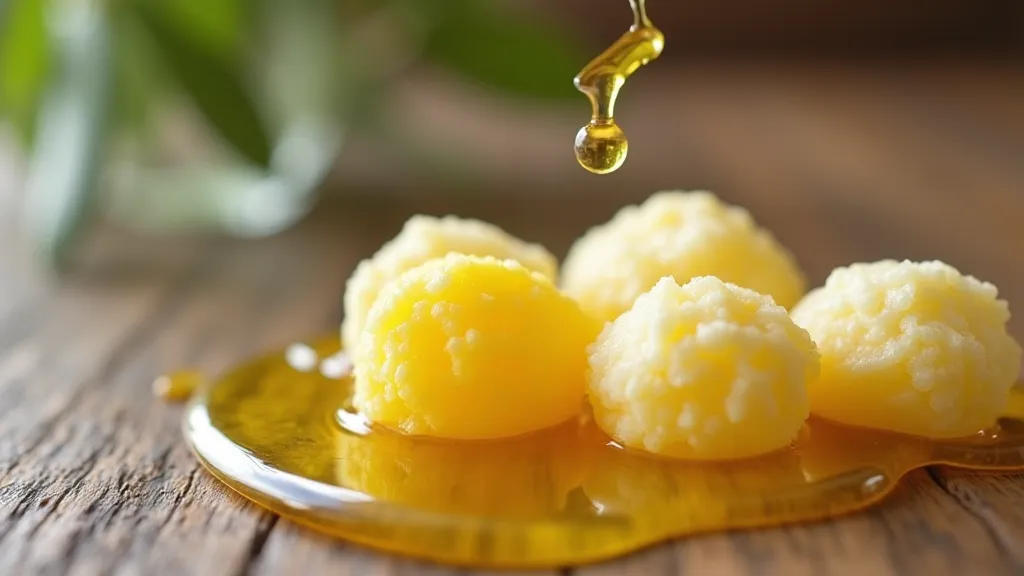
The Ongoing Evolution of Soapmaking
The art and science of soapmaking continues to evolve. New techniques, ingredients, and equipment are constantly being introduced, pushing the boundaries of what's possible. From sophisticated analytical tools to creative design approaches, soapmakers are continually seeking ways to improve their craft. The pursuit of creating truly exceptional soap, rooted in a deep understanding of saponification, remains a driving force within the community. Furthermore, incorporating creative design elements inspired by the natural world—like the unique patterns found in marble—can elevate the aesthetic appeal of artisan soap. These visually striking designs often echo the complex processes of nature, adding a layer of artistry to a product already grounded in scientific principles.
Further Exploration
There are many resources available for those who want to delve deeper into the chemistry of soapmaking. Online forums, chemistry textbooks, and specialized soapmaking courses can provide a more detailed understanding of this fascinating process. Happy soaping!
